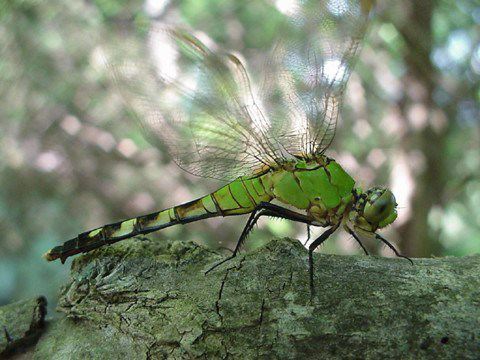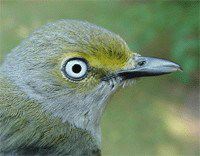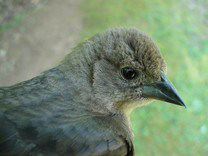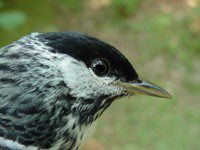|
|
|||
|
THIS WEEK at HILTON POND Installment #---Visitor # (Back to Preceding Week; on to Next Week |
|
|
|||
|
THIS WEEK at HILTON POND Installment #---Visitor # (Back to Preceding Week; on to Next Week |
 Photo © Hilton Pond Center
|
 White-eyed Vireo (notch near bill tip is typical of vireos) |
 Brown-headed Cowbird (female) (nondescript brown body, short black beak) |
 Blackpoll Warbler (male) (Bright yellow legs are diagnostic) |
|
|
Plus the following species not pictured (or pictured on other weekly pages): Ruby-throated Hummingbird |
|
| Up to Top of Page Back to This Week at Hilton Pond Center |

|
|